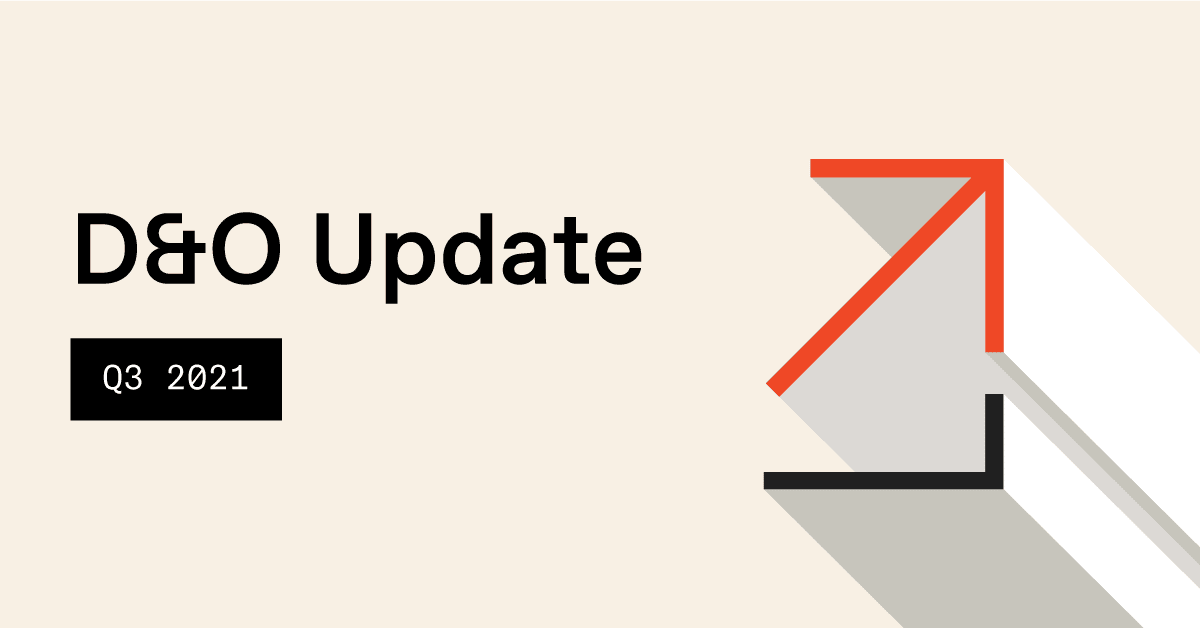Key Takeaways
What info do I need to provide in the Directors and Officers insurance application process?
So your startup company secured a round of funding. You are now required to have a Directors & Officers policy to protect your company and its executives from claims made against them. You think, “no problem, I’ll reach out to my broker and let them know how much coverage we are required to have.” While it is not overly difficult or time consuming to acquire a policy, it’s not that easy. You will have to be open to divulging some sensitive information as part of your directors and officers insurance application. Here are some common requests from D&O underwriters and why each is relevant.
Capitalization table and board member list
In the mind of a risk averse underwriter, a cap table tells a story. D&O claims often center around a significant investor feeling their funds have not been allocated properly. Believe it or not, an underwriter is able to spot potential claims of this sort when reviewing a company’s cap table.
Lets say someone has a 10% or higher ownership stake in your company and no board representation. To an underwriter, this looks like a claim waiting to happen. That “value add” investor may feel that their vision for the company’s future is important…and investors sometimes take action if the decision-making process doesn’t reflect their vision. Similarly, if the financial state of the company goes south, that person may sue for breach of fiduciary duty. So in this case, many underwriters might decide to include a ‘major shareholders exclusion‘. This clause excludes claims made by shareholders holding 10% or more of the company.
Financial statements
An underwriter will always require a review of year-to-date and past financial statements, when possible. Underwriters want to have an accurate picture of a company’s financial outlook for the policy term. Many D&O claims result from an unstable financial situation causing clients/investors to file lawsuits. Underwriters will review your burn rate and expected revenue and look to see improvement over time. The financial state of a company has a significant bearing on premium.
Plans for future raising
After a review of a company’s financials, an underwriter might ask about plans for new rounds of funding in the next 12-18 months. A high burn rate or decreasing revenue year-over-year will usually prompt this question. The goal of this question is simple: underwriters want to see that a company can continue its operations for the entirety of the policy term. The underwriter may add an insolvency exclusion to the policy if there are no fundraising plans and a high burn rate.
Investor identity
A D&O underwriter might also request the identity of investors. One reason for such a request is that friends and family are less likely to take action than institutional investors. Underwriters may also be looking for major shareholders who have a history of pillaging companies. On the other hand, a big name investor could be a show of confidence that gives the D&O underwriter a favorable view of a risk. Just like with the cap table, underwriters are looking for potential narratives here. They are constantly asking themselves if these narratives have a happy or unhappy ending.
When applying for a directors & officers insurance policy, you are asking an underwriter to take a significant risk off of your plate. In return, underwriters are going to want to get familiar with your business. Remember, the cost of a lawsuit relating to directors and officers can by hundreds of thousands of dollars. The cost-benefit of having D&O insurance is certainly better than the cost-benefit of not sending underwriters some sensitive information!
Remember, if you have any questions about D&O policies or about insurance in general, we’re here waiting for your call! You can reach us at (646)-854-1058, or if you’re not a chatty type you can shoot an email to info@foundershield.com. We don’t judge!










